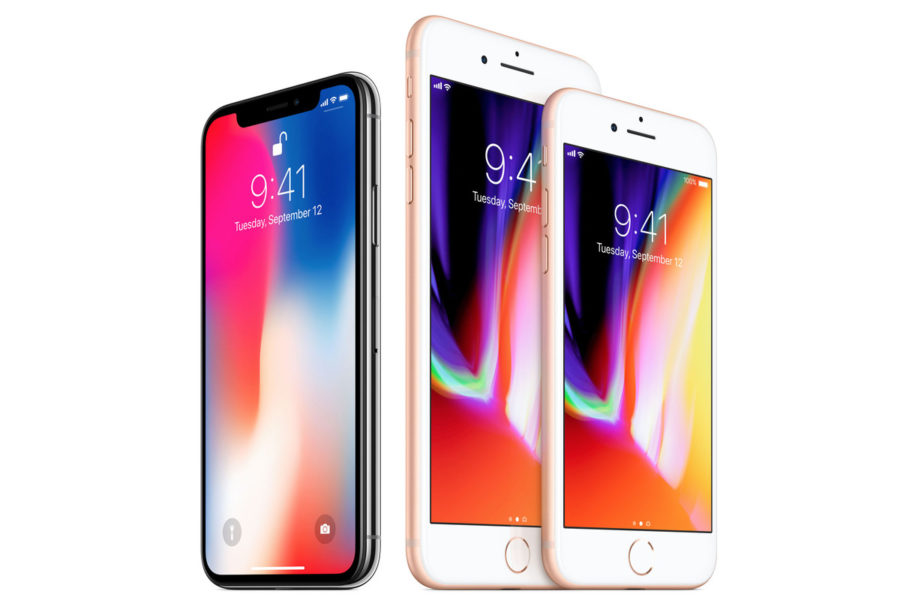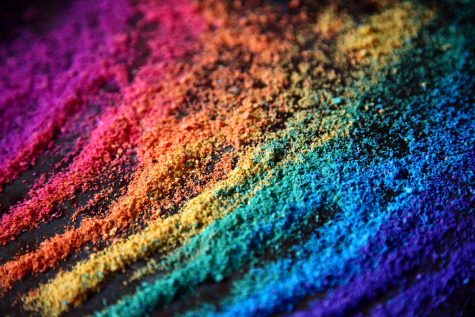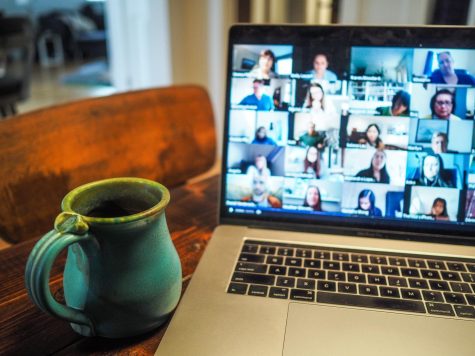New “X”-treme Tech
October 12, 2017
As you may know, Apple’s newest versions of the iPhone have provoked many a thought and controversy. Introducing an all-new glass design that is water and dust resistant, the iPhone’s most extraordinary feature is not that it can be wirelessly charged–though that is convenient–or that its camera can display augmented reality with 3D touch, but rather it is iPhone X’s new facial recognition software.
When we first encountered Touch ID, we were amazed. No longer did we have to memorize a lengthy password to unlock our phone, download apps, or make online purchases. It was all protected with the touch of our finger. But then Apple, with its revolutionary techniques and efficiency, decided to take that extra step. And with that step came a great question: Is using facial recognition software safe for the 65% of cellphone users who depend on Apple?
Will the facial recognition software recognize you when you are wearing makeup, if you’ve had plastic surgery, if you’ve been injured, or if you are in a dark room? While scanning the Apple website, they list that their software has adaptive recognition, claiming that it can learn your physical changes over time. Note that they said “over time”. This means that the machine will recognize you as you if there are simple, miniscule changes–eventually. But how adaptable is this machine? What happens if you’ve earned yourself an unexpected scar one day or if you’ve gotten a haircut? These physical changes aren’t something that are eventual. They are sudden.
Although us networkers are inundated with passwords that often clutter our memory, the diversity of passwords and the ability to change them was extremely beneficial in keeping our information secure. Now, with our face as the password, we cannot so easily change it every month like we used to. If a criminal were to take your phone, all they would need is to hold you still and use your face and they could unlock your phone and access your information. With a password, a criminal can’t as easily break into it whereas with this, your password would always be your face. Another hypothetical situation is this: a person takes a snapshot of one of your famously iconic Instagram selfies and uses it to unlock your phone, make purchases, access your information. You’re left with an open phone and no other security. At least with a fingerprint, we could hold on to the idea that we had our very own unique one, but now we don’t even have that.
Before you buy into the latest craze of technology, you need to think about how effective the system truly is and how safe you are as the consumer of the product. Because Apple’s system maps your face, who’s to say what they do with that important picture–your authentication. Are you comfortable knowing that not only does Apple own the fingerprint you used to open earlier generations of the iPhone, but now they own your face as well? I am not trying to imply that Apple will do anything suspicious with their database of millions of their customers faces, but I am suggesting that users be aware of every possibility, both good and bad.
With all of this in mind, there’s an even more shocking statistic. Apparently, 7 out of 10 people have been incorrectly pronouncing the name of the iPhone X. It’s not iPhone “ex”; it’s iPhone “ten”–the “X” is the Roman numeral. So though we may be a little less than knowledgeable about the pronunciation of Apple products and ancient Roman numerical systems, what we can do is learn about the phones we take for granted and learn to be a safer generation of technology users.









